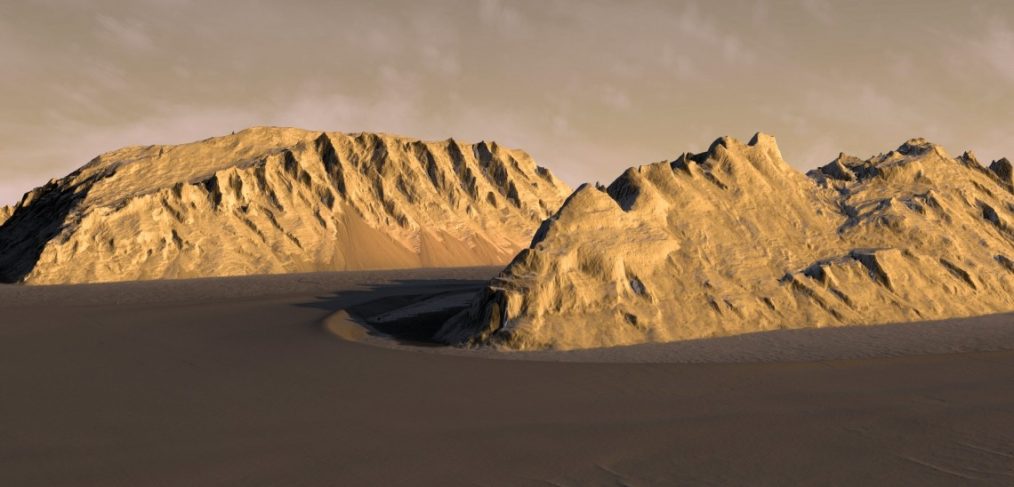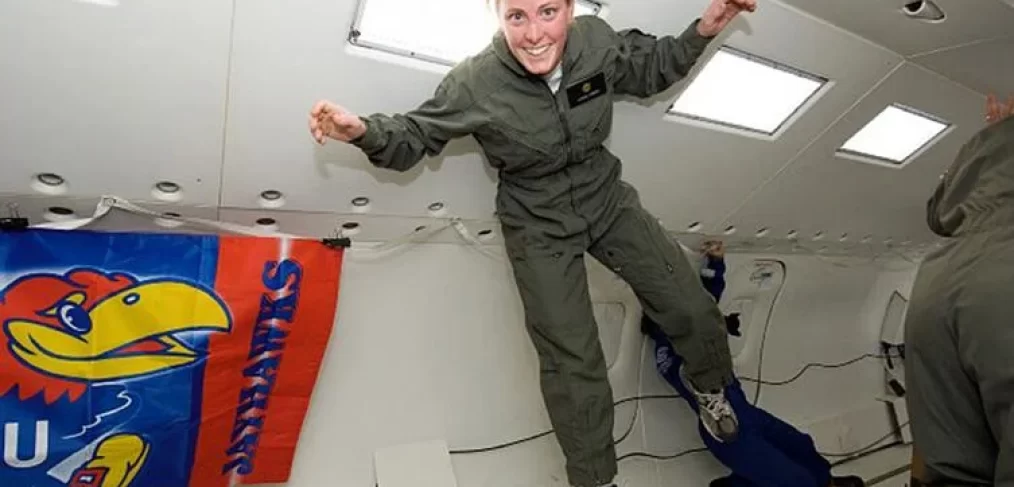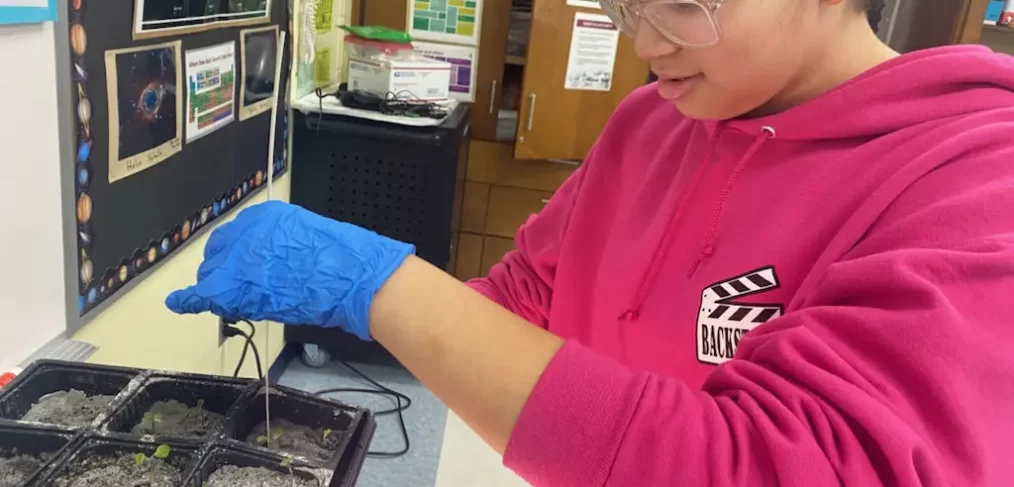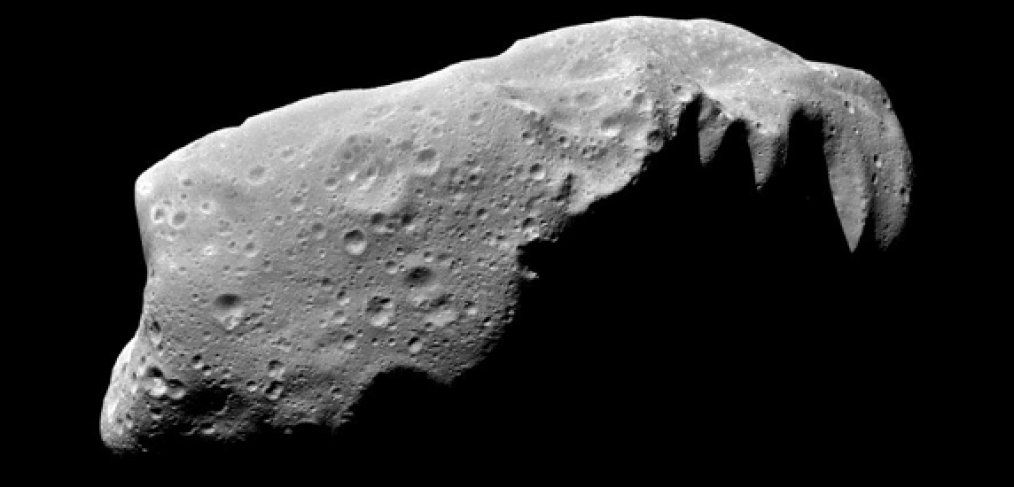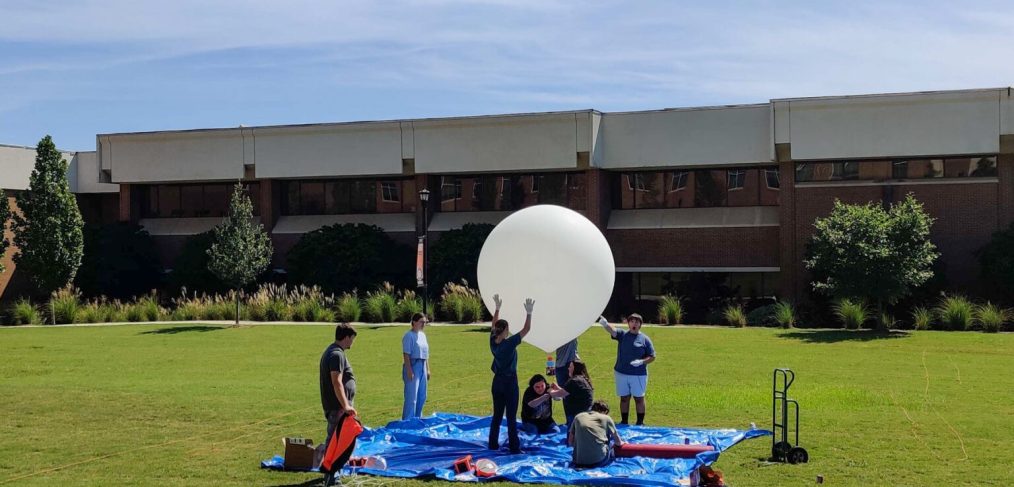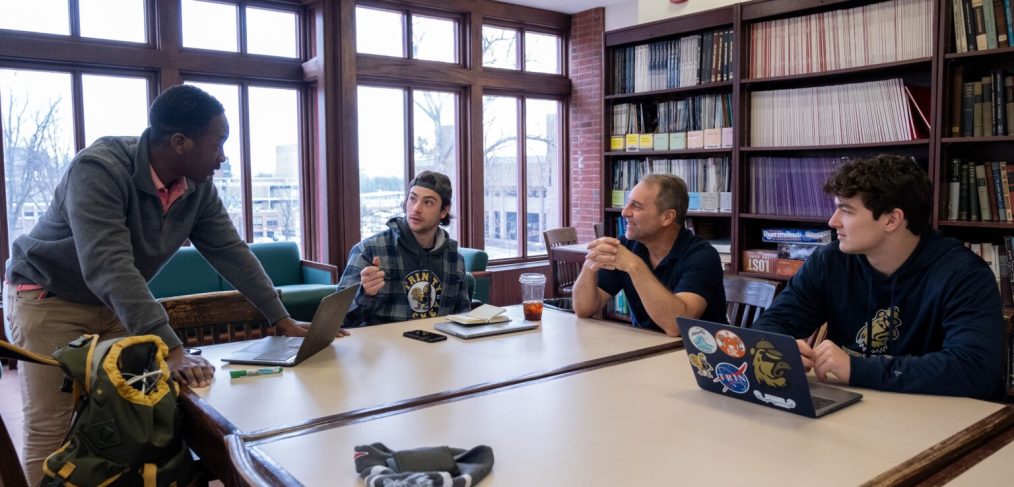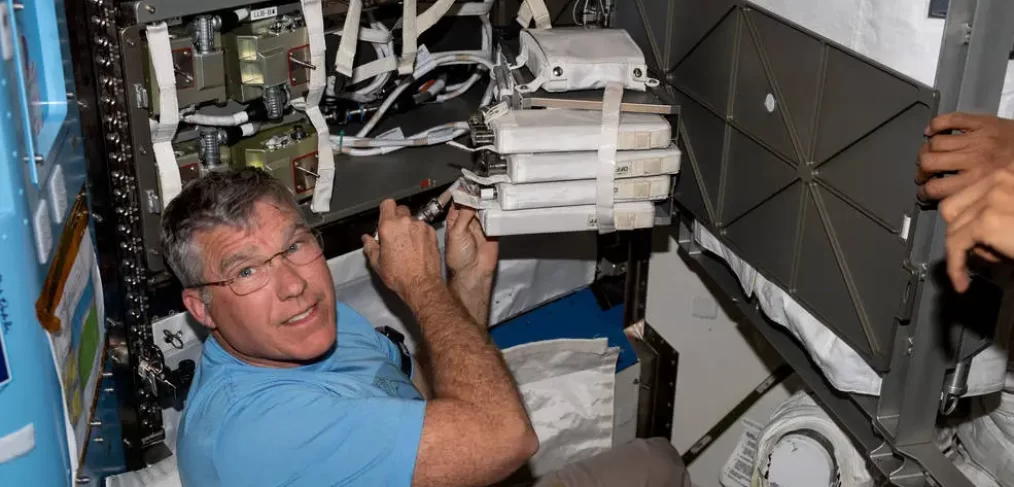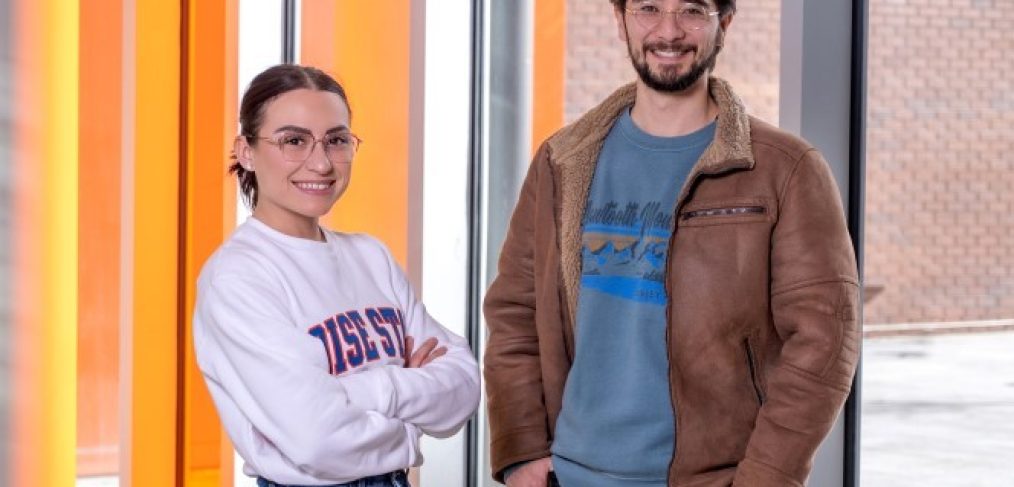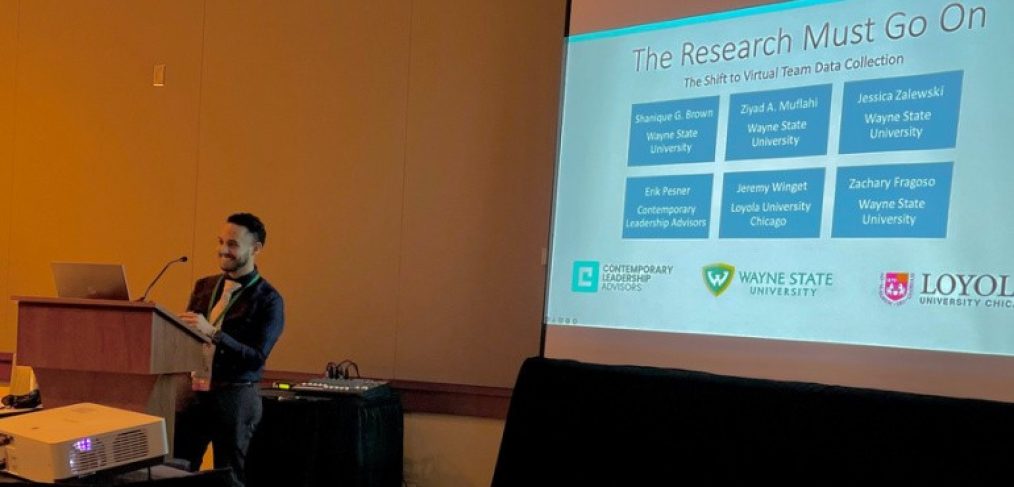KENOSHA, Wis. (CBS 58) — The 58 Hometowns tour is taking a close look at another historic educational institution within your hometowns, and this time, it’s a little south, about halfway between Chicago and Milwaukee: Carthage College.
Natalie Shepherd will showcase Carthage on CBS 58 news on Tuesday and Thursday, featuring the school during a time that is particularly exciting on campus, as it gears up for its 149th annual Christmas Festival this weekend.
Beyond the joy of music, Natalie will also showcase some of the more unique aspects of Carthage’s academic portfolio, including its status as the school heading the state’s NASA Space Grant Consortium, leading the way on many Space Science initiatives from childhood through adulthood.
Read the full article on CBS58.com.
Image Credit: CBS 58 Newsroom
Author Credit: CBS 58 Newsroom
